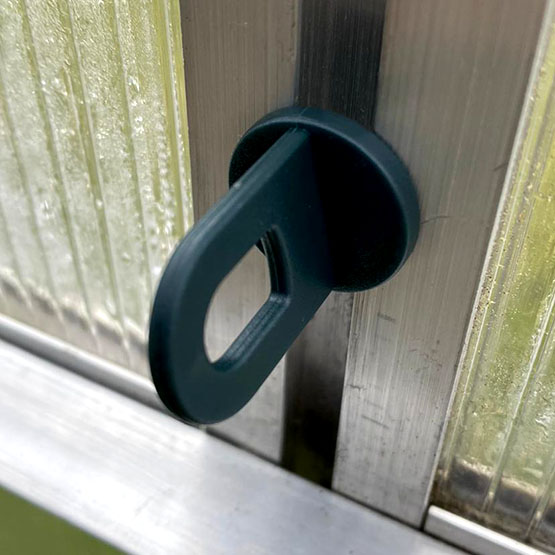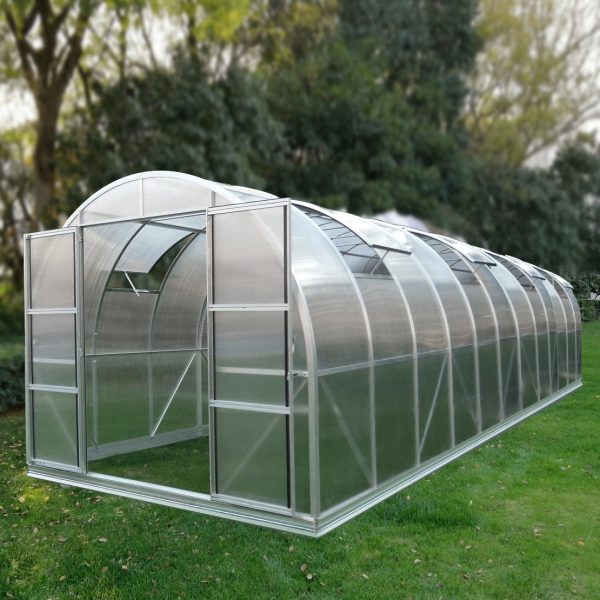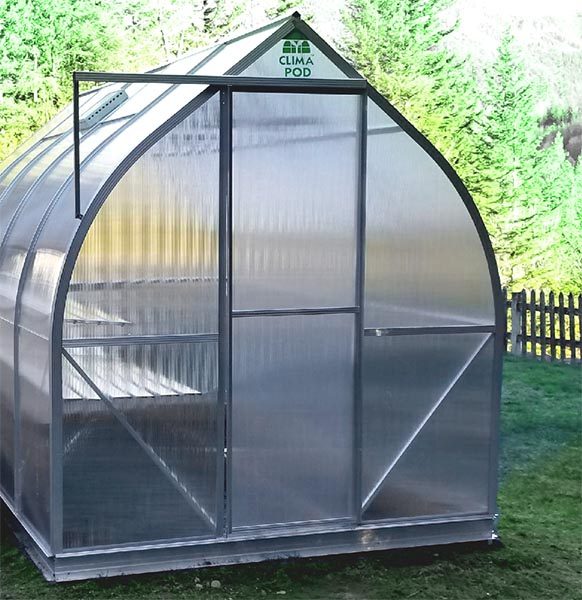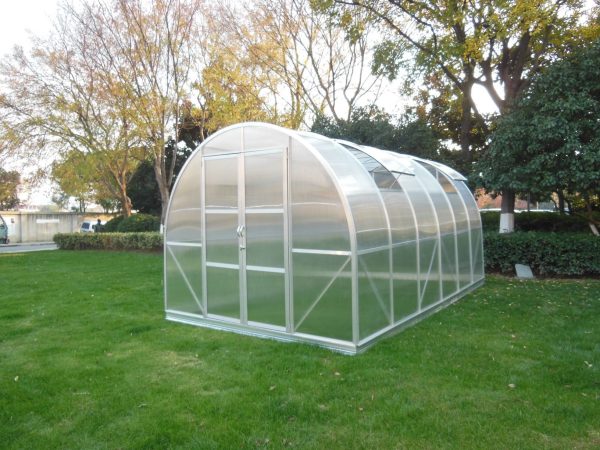Ticks are a large class of small animals that can harm your crop. Let’s look at the methods of dealing with ticks and what signs they can be found in your greenhouse.
The ticks are small insects which are belonging to the subclass of arthropods of the arachnid class. There are many kinds of mites that feed only plant juices many of which belong to phytophages that are animals. These arthropods are dangerous for both plants and humans, regardless of the way they feed. Because these small insects carry many dangerous diseases for both plants and humans.

The mites-phytophagous are pests of orchard-garden crops that is insects which cause significant harm to plantings. Such species of arachnids, especially dangerous for plants, include the following:
- spider mite Tetranychus urticae;
- representatives of the family of trombidiform mites – parasites, also known as Tarsonemidae;
- specifically the cyclamen mite called Phytonemus pallidus.
The spider mites can be distinguished by color which varies from light to the dark green. You can also identify it by two large black spots on the abdomen of the insect. The males are smaller than females and their abdomen is more acute. The colony of spider mites forms the network of small cobwebs covering the plant. That is why this species is called “spiderweb”. The spider mite usually nests on the underside of the plant leaves and as the result it can be difficult to identify. But when the mites begin to feed than the upper visible part of the leaf becomes covered with the speckled coating and after a while the leaves begin to turn yellow and dry.
If you do not identify the mites in the first time after the leaf become the home for the colony of mites then the plant begins to die. The eggs that this mite lays under the leaf are also easily distinguishable. The eggs have even spherical shape and almost transparent. The females lay up to two hundred eggs per lifetime. The life cycle of the larvae takes place within a week during the hot summer weather.
The cyclamen ticks are tiny and translucent. They have green-tinged oval-shape. The most favorable temperature for them is around 16-18 degrees Celsius above zero. The life cycle of these small insects is about two weeks long. These pests pay special attention to the plants of the genus cyclamen that is why the name of these insects is Cyclamen. The colony either infects the plant entirely or just kinks around the buds depending on the type of plant. The leaves of an infected plant darken and deform, folding inwards. The ticks penetrate into the greenhouse on the wearing clothes or things carried inside. So the first rule of dealing with this type of the pest is to carefully observe the sanitary conditions and monitor what gets inside the greenhouse building.
The best way to deal with a ticks infected plant is to isolate or even remove it from the greenhouse. Because by the time you notice an infestation, the mite colony will have started migrating to neighboring plants. Ticks quickly develop immunity to pesticides which is a big problem in dealing with them. Even laid eggs easily resist poison. Therefore the first thing to do is to combine the types of insecticides. Than the second is to carry out the treatment in several approaches as for example two or three times with an interval of five days between. There are special brands of pesticides on sale designed to fight specifically against ticks.






